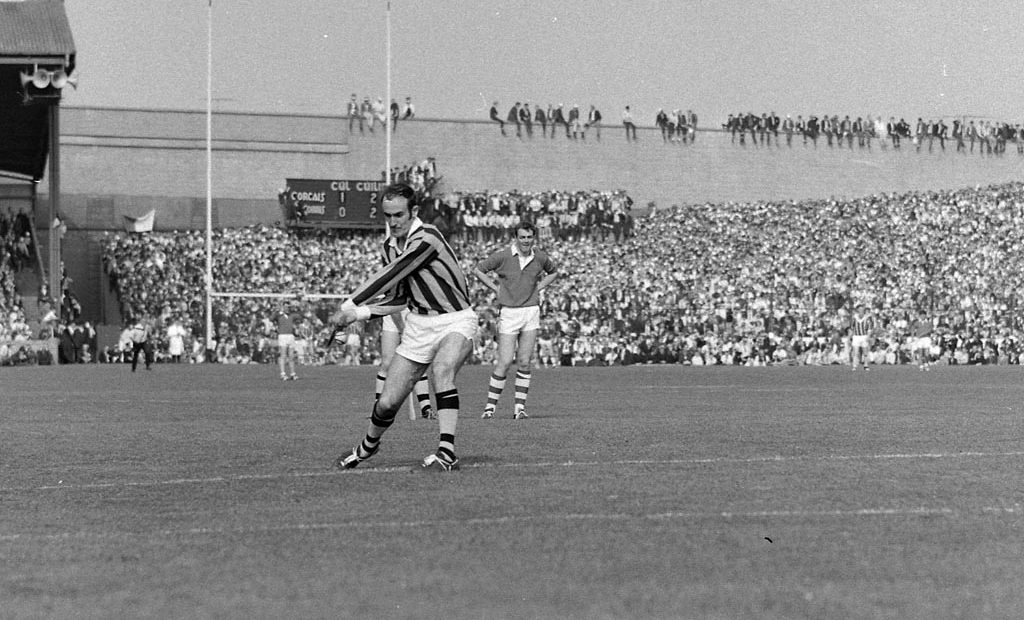Kilkenny legends dominate ‘greatest hurling team of all time’

In an extract from ‘Pulse of the Nation: GAA 140 Years Rankings, Ratings, Tales & Drama,’ top GAA journalists Martin Breheny (Irish Independent) and Donal Keenan (Irish Mail on Sunday) pick the 10 top hurlers across every role on the field down through the years.
While these sort of fantasy team line-ups invariably prove controversial, this list probably won’t raise too many eyebrows in Kilkenny as no fewer than seven local hurling greats feature in the first 15.
This includes the entire half back line, with Tommy Walsh, Ger Henderson and JJ Delaney all making the cut.
Legendary 1920s, 1930s figure Lory Meagher lines up in midfield alongside Cork GAA legend and former Taoiseach Jack Lynch.
In the half forward line, ‘King’ Henry Shelfin (pictured below with Brian Cody) – described in the book as “a genuine contender to be regarded as the best hurler of all time” – and DJ Carey are given the nod.
Unsurprisingly, the great Eddie Keher is also named in the best-ever first 15, at left full forward.
And it could have been even more! Graignamanagh-born Nick O’Donnell – described as “Kilkenny’s gift to Wexford” is also named in the first 15 at full-back. Incidentally, the number two and three picks for the same position are both filled by Kilkenny legends, Phil ‘Nan’ Larking and Michael Kavanagh.
Two other Wexford stars – Nickey and Bobby Rackard – also make the starting 15 of all time greats.
Tipperary also accounts for three players – Tony Reddin, John Doyle and Jimmy Doyle – in Breheny and Keenan’s line-up. While Cork – Lynch and the great Christy Ring – provides the remaining two players on the fantasy GAA team.
There was no room in the first 15 for any of the current Limerick team, in spite of their recent four-in-a-two heroics, which may not go down too well with GAA connoisseurs in the Treaty county.
The authors themselves acknowledge the difficulty in “assessing hurlers from different eras”, which they say “is more difficult than football as the game has undergone even more changes, including to the actual hurley itself”.
They added: “Another factor is the impact of pitches, which are now far better than they used to be. The condition of the playing surface is more important in hurling than football.
“The skill level among modern-day hurlers is exceptionally high and this is helped greatly by improved pitches. Players from previous generations often had to contend with surfaces that made everything a whole lot more difficult. Still, top-class players would be good in any era.”





